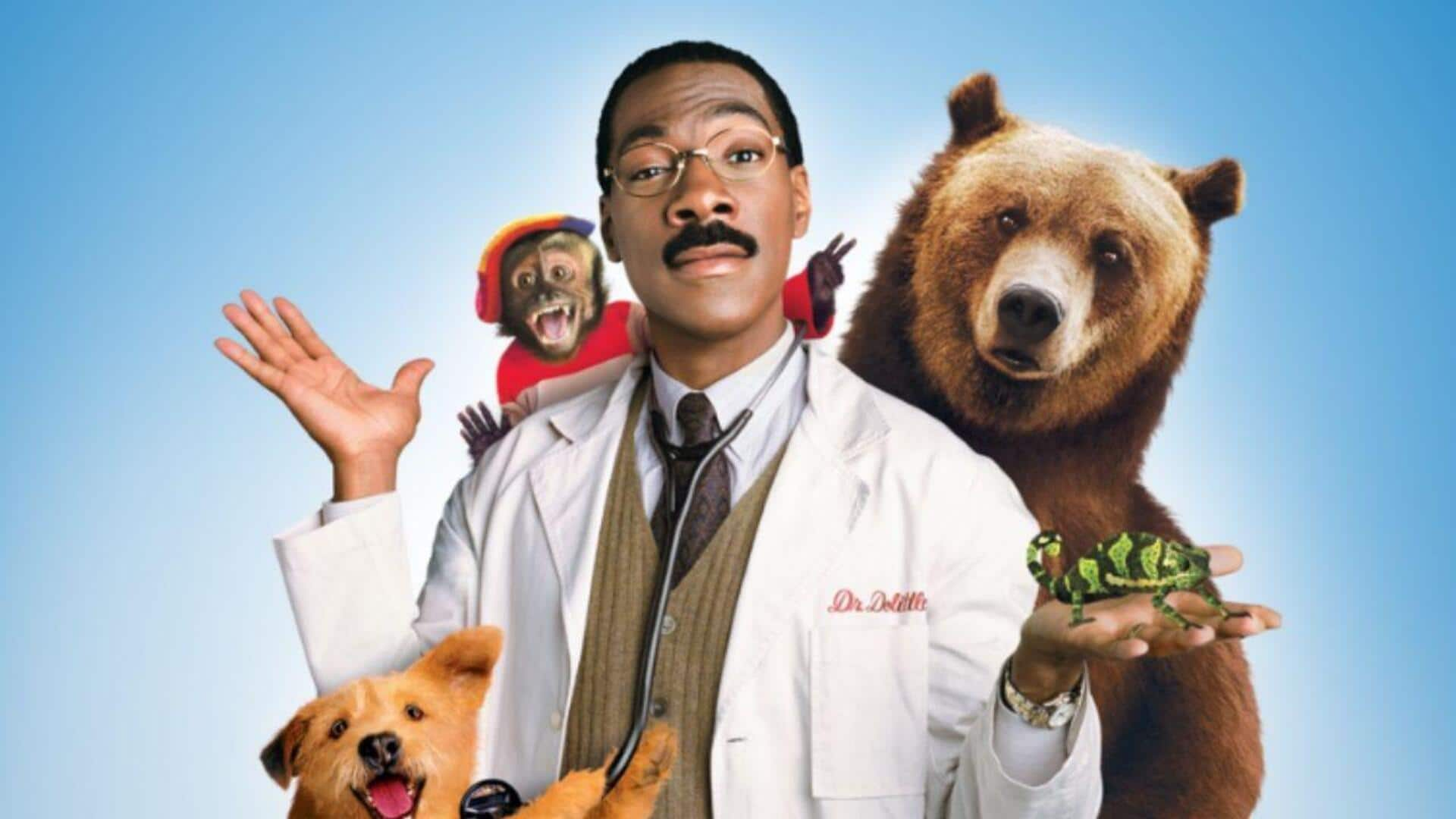
How Doctor Dolittle keeps evolving without losing his charm
What's the story
The character of Doctor Dolittle, a physician who talks to animals, has always been a curious one in US cinema. Over the years, the character has changed in multiple ways, indicative of the change in filmmaking and audience taste. From early adaptations to modern ones, each version offers something different. Here's how Doctor Dolittle has evolved on the big screen in the US.
Musical charm
The 1967 musical adaptation
The 1967 film adaptation of Doctor Dolittle was a musical that sought to encapsulate the whimsicality of Hugh Lofting's books. Although it struggled at the box office initially, the film caught the fancy of audiences over time, thanks to its catchy songs and elaborate set designs. Its portrayal of Doctor Dolittle as an eccentric yet lovable character set a precedent for future adaptations.
Comedic twist
Eddie Murphy's modern take
In 1998, Eddie Murphy added a new dimension to Doctor Dolittle with his comedic touch. This version ditched the musical element and concentrated more on the humorous and family-friendly side. It was adored by the audience and paved the way for the ensuing sequels. Murphy's portrayal made Doctor Dolittle relatable to the modern viewer while keeping the essence of talking with animals intact.
Visual effects
Technological advancements in CGI
Thanks to advancements in CGI, recent adaptations have capitalized on visual effects to make animal interactions more realistic. These technological improvements have enabled filmmakers to bring Lofting's imaginative world to life more authentically. Using CGI has opened up storytelling possibilities and made for a more engaging experience for audiences.
Narrative evolution
Diverse storytelling approaches
Each adaptation of Doctor Dolittle reflects different storytelling approaches that cater to varying audience tastes over time. Musicals focus on charm and whimsy, comedies emphasize humor, and some films use advanced technology to enhance realism. These diverse storytelling approaches show how filmmakers reinterpret classic tales for new generations while preserving their core elements.